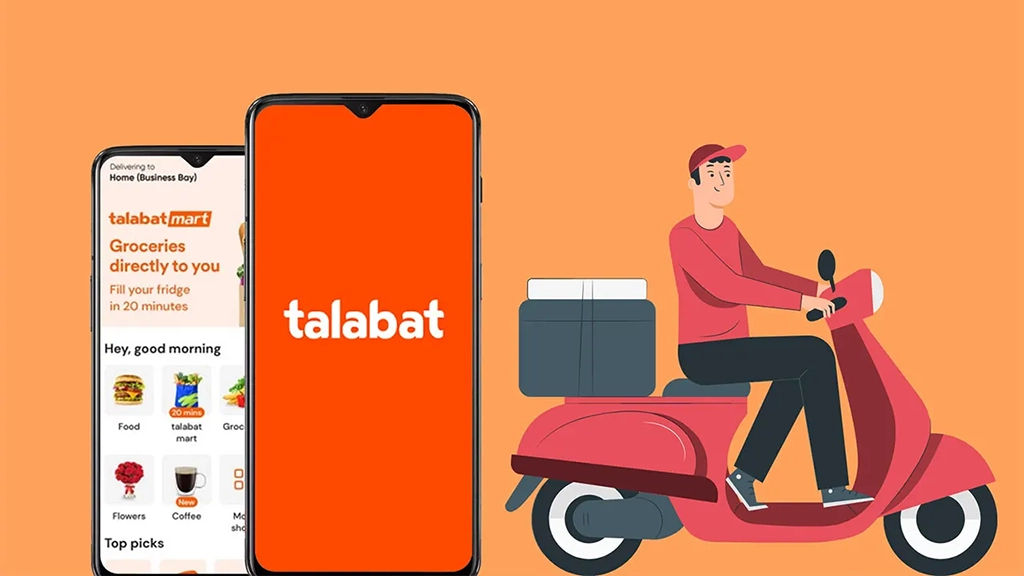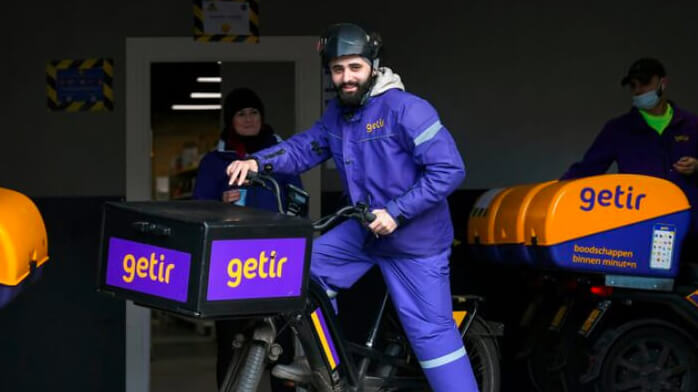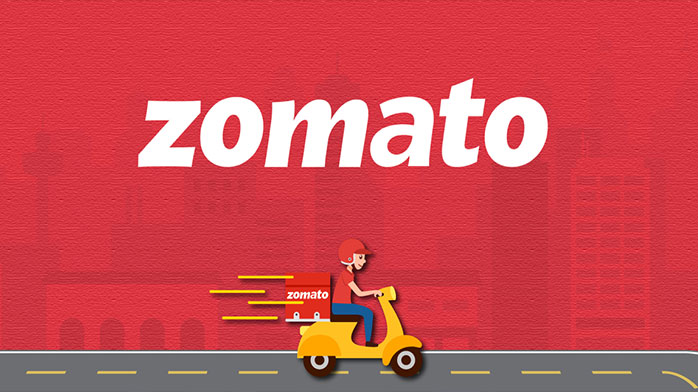
Zomato: Pioneering the Future of Food Delivery in 2025
In a world where convenience, technology, and personalization drive consumer choices, Zomato continues to dominate the global food delivery and restaurant discovery landscape. By pushing the boundaries of innovation, customer experience, and market expansion, Zomato is redefining how people eat and connect with food in 2025.
Zomato Overview
Launch Year: 2008 (as "Foodiebay," renamed Zomato in 2010)
Head Quarter: Gurugram, India
Employees: 5,000+ globally (tech, delivery, operations)
Industry: Food Tech (Discovery, Delivery, Dining)
Market Share: Dominates 50%+ of India’s food delivery market, competes with Uber Eats, Swiggy, Deliveroo.
Global Reach: Operates in 24+ countries, including India, UAE, Australia, UK, US, and Southeast Asia.
Zomato’s Revenue & Growth
Zomato's revenue from operations surged 64.4% to Rs 5,405 crore in Q3 FY25 in contrast to Rs 3,288 crore in Q3 FY24, as per the firm's consolidated financial results sourced from the National Stock Exchange. Compared to the previous quarter (Q2 FY25) year, its operating revenue went up by 12.6% from Rs 4,799 crore.
Unstoppable Expansion & Market Dominance
- Annual Revenue: Surpassed $2 billion in 2024, reflecting rapid global growth.
- New Market Launches: Expanded to over 30 countries, including deeper penetration in Europe and South America.
- Daily Active Users: Over 100 million users globally, with a 40% increase in engagement.
- Delivery Speed: Reduced average delivery time to 20 minutes, thanks to AI-driven logistics.
Technology-Driven Innovations
- AI-Powered Food Recommendations: Predicts user cravings based on weather, mood, and eating habits.
- Drone Delivery Trials: Successfully launched pilot drone deliveries in select cities.
- Sustainable Delivery Fleet: Over 60% of Zomato’s delivery fleet now consists of electric bikes and eco-friendly vehicles.
Subscription & Loyalty Growth
- Zomato Pro Plus: Introduced a premium membership offering unlimited free deliveries and VIP restaurant access.
- Personalized Meal Plans: AI-driven meal subscriptions designed for health-conscious consumers.
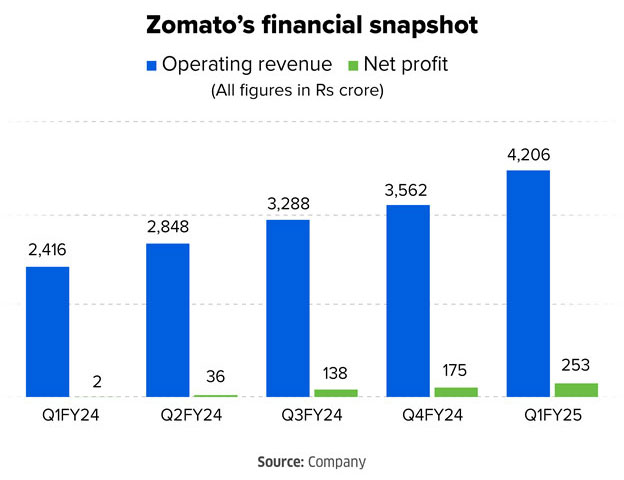
The Marketing Magic Behind Zomato’s Success
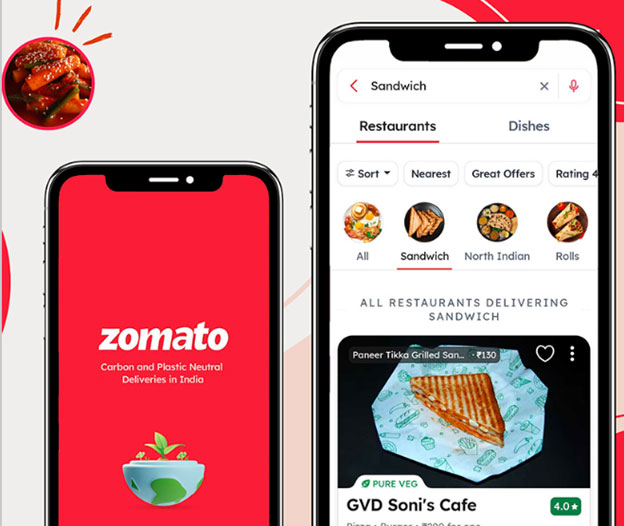
1. Hyper-Personalized Engagement
Whether it's street food in India, Michelin-star dining in Europe, or fast food in the US, Zomato ensures region-specific experiences.
2. Social Media Brilliance
Zomato’s viral, witty, and relatable content dominates Instagram, Twitter, and TikTok, strengthening brand loyalty.
3. Celebrity & Brand Collaborations
Exclusive partnerships with top chefs, influencers, and food festivals enhance global dining experiences.
4. AI-Driven Personalization & Smart Offers
Zomato analyzes user behavior to tailor promotions and recommendations, ensuring maximum customer satisfaction.
Lightning-Fast Growth : Zomato now processes over 5 million orders daily worldwide!
Create Clone App Like Zomato
Challenges in Expanding to Global Markets
1. Competitive Landscape
In every region, Zomato faces fierce competition from giants like Swiggy (India), Deliveroo (UK), and DoorDash (US). To stand out, Zomato:
-
Optimizes logistics with AI-driven route planning.
-
Expands its cloud kitchen network for faster delivery.
-
Strengthens restaurant partnerships to offer exclusive menus.
2. Regulatory and Compliance Hurdles
Operating in multiple countries means navigating diverse food safety regulations, labor laws, and taxation policies. Zomato overcomes these by:
-
Collaborating with local regulatory bodies.
-
Implementing transparent food hygiene ratings.
-
Ensuring fair wages for delivery partners.
3. Sustainability and Ethical Sourcing
As consumer preferences shift towards sustainability, Zomato has embraced initiatives like:
-
Introducing carbon-neutral food deliveries.
-
Encouraging restaurants to use biodegradable packaging.
-
Supporting plant-based and health-conscious food options.
Did you know? Global Expansion: The brand now operates in over 500 cities, with Paris, Tokyo, and São Paulo among its latest additions.
Innovative Features Loved by Zomato Users
Live Order Tracking
Customers can track their orders in real time, reducing uncertainty and enhancing transparency.
AI-Powered Recommendations
Machine learning suggests food choices based on past orders, location, and seasonal trends.
Seamless Payment Options
From digital wallets to credit cards and UPI, Zomato offers hassle-free payment solutions.
Lessons from Zomato’s Success
1. Local Adaptation is Key
Zomato thrives by customizing its offerings to fit regional tastes and dining habits.
2. Customer Engagement Builds Brand Loyalty
A strong social media presence and interactive features help retain users.
3. Technology Drives Efficiency
AI-driven logistics, predictive analytics, and automation enhance delivery speed and accuracy.
4. Sustainability Matters
Eco-conscious consumers prefer brands that align with environmental values.
The Future of Zomato
Zomato aims to:
- Expand to more cities worldwide.
-
Enhance AI-driven customer support for seamless issue resolution.
-
Develop subscription-based meal plans tailored to health-conscious consumers.
Zomato has redefined the way people experience food delivery—bringing convenience, variety, and innovation to millions worldwide. As the company continues to evolve, its impact on the global food-tech industry will only grow stronger.
Did you know? AI Food Predictions: Zomato’s AI suggests what to eat based on weather conditions and your past cravings!
Conclusion
Zomato is more than just a food delivery service; it’s a complete dining ecosystem that connects people with their favorite cuisines effortlessly. Whether it’s a quick lunch at work or a gourmet dinner at home, Zomato ensures that delicious food is always just a tap away.
Ready to Launch Your Own Zomato Like Food Delivery App ?
Frequently Asked Questions
Zomato’s success stems from:
-
Multi-service model (food delivery, dining-out, subscriptions, B2B supplies).
-
Hyperlocal marketing (culturally tailored campaigns in 24+ countries).
-
Tech innovation (AI recommendations, live tracking, cloud kitchens).
-
Users pay a subscription fee for perks like free deliveries, discounts, and VIP restaurant access.
-
Boosts customer retention by 3x (Pro users order more frequently).
-
AI/ML for dynamic pricing, demand forecasting, and personalized recommendations.
-
Real-time tracking (Google Maps APIs, in-house logistics algorithms).
-
Cloud kitchens (virtual brands optimized for delivery-only).
The development timeline varies significantly depending on Customization Level, Key Requirements, Development Factors The exact timeline can only be determined after a detailed requirements analysis.
-
Multi-restaurant onboarding
-
Real-time order tracking (GPS, delivery ETA)
-
AI-powered recommendations & dynamic pricing
-
Loyalty programs (subscriptions, cashback)
-
Payment gateways (Stripe, Razorpay, PayPal)
-
Admin dashboard for analytics & fleet management
-
Commission fees (15-25% per order from restaurants).
-
Advertising (promoted listings, banners).
-
Subscriptions (Zomato Pro/Gold).
B2B services (Hyperpure supplies ingredients to restaurants).
The investment required to develop a comprehensive food delivery platform depends on several factors like App Complexity, Platforms, Team Location, Tech Stack, Third-party Integrations.
Getir’s app is designed for convenience, offering:
-
Offer lower commissions
-
Provide free POS integration
-
Run joint promotions
Zomato’s playbook:
-
Referral bonuses (e.g., "Get ₹100 off for every friend who signs up").
-
Social media blitzes (TikTok/Instagram challenges like #ZomatoFoodDiaries).
-
Geo-targeted ads (Google/Facebook ads near restaurants).
Yes! Ventagenie offers white-label solutions with:
-
Custom logos, colors, and UI.
-
Dedicated app store listings (Apple/Google Play).
